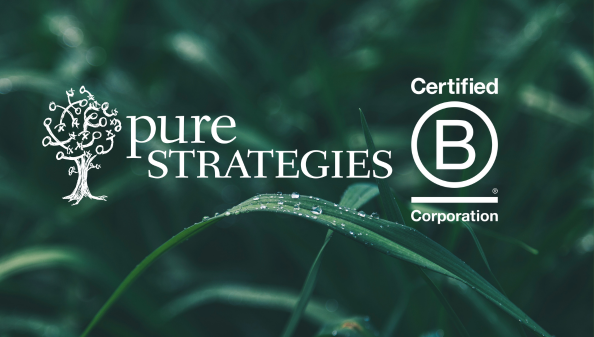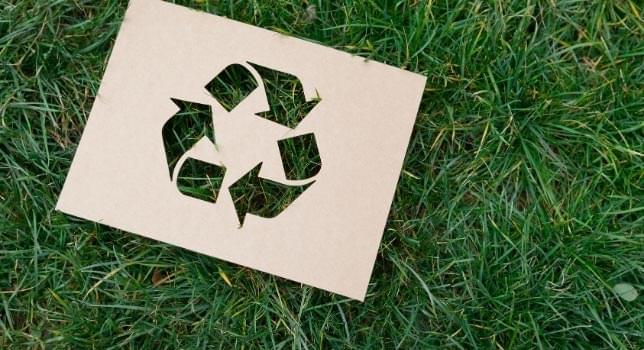In the past few years, we have witnessed notable growth and interest in sustainable packaging regulations. Many companies are leading the way, with innovative programs to revamp their packaging designs to reduce waste and increase recyclability, including Mars, Walmart, MilliporeSigma, and PepsiCo. Yet, all companies are faced with the complex world of government regulations, penalties, and guidelines to progress toward safer, more sustainable packaging – so where to start? Bob Kerr, Principal and Co-founder of Pure Strategies, a leading sustainability consulting firm, shares insights, examples, and resources that can help companies meet the heightened demand for safer materials and sustainable packaging.
Why is this heightened interest in sustainable packaging happening now?
One major reason for the increased attention to sustainable packaging has been the growing reliance on plastic and its associated accumulation of plastic waste that ends up in the environment. Recent studies and campaigns have highlighted these issues – whether it is the massive volumes of plastic in Pacific and Atlantic Ocean gyres, plastics in rainwater in the Rocky Mountains, or the litter of plastic bottles and bags on our beaches and in our neighborhoods. A new study found microplastics in the blood of almost eighty percent of people tested. The amount of plastic waste we generate each year has doubled during the last two decades, with about forty percent of that due to packaging. It’s projected to more than double again by 2040 if we don’t make needed changes.
Another reason for the focus on packaging has been growing awareness of health risks from hazardous chemicals present as additives in some packaging – especially from packaging for foods. The major example most of us are aware of right now is intentionally added per and polyfluoroalkyl substances (PFAS) chemicals that can be in everyday packaging such as pizza boxes and pastry wrappings to prevent grease from leaking through the paperboard. Exposure to PFAS has been linked to male infertility, miscarriage, increased risk to certain types of cancer, liver damage, and other known health effects. There are other chemicals in food packaging that are a concern, such as bisphenols (e.g., BPA) and polystyrene.
What federal or state regulations are most important for companies working to develop sustainable packaging?
There has been very limited action at the federal level, and it seems unlikely that is going to change anytime soon. To fill that gap, several states are …
To learn more, read the full article in Sustainable Brands here.
This article originally appeared in Sustainable Brands on April 11, 2022.


